RO/DI Filters & Aquariums

In my opinion, every reef aquarist, or even many of the more specialized freshwater aquarists, should have their own RO/DI filter. To make a long story short, an RO/DI filter is a device that takes your tap water, which is full of dissolved minerals, chlorine, nitrate, phosphate, and any number of other contaminates, and filters it down to pure 0tds (Total Dissolved Solids) water. This ensures that the most important element in your tank, the water itself, is completely free of unwanted chemicals, and gives you a starting point to adjust your water parameters to best fit your aquatic life.
Many aquarium stores, especially those that specialize in marine and reef aquariums, sell saltwarter made with RO/DI water or raw RO/DI itself. This is a great option for those that lack the room or ability to install their own RO/DI unit. However, over time, an RO/DI unit will easily pay for itself in lower per gallon cost, not to mention the added convenience of being able to make your water whenever you need (including inevitable emergencies when the store is closed) it without having to plan a trip to the fish store and lug heavy containers back. Simply put, if you plan to be in the reef aquarium hobby for years to come, you should be looking into getting your own RO/DI unit.
Looking at an RO/DI filter can be somewhat intimidating. With all the canisters and tubes running between them, it can look like a science experiment gone wrong, but they are actually quite simple to operate. The key to understanding an RO/DI unit is understanding the ‘stages’ that they consist of. You’ll often see RO/DI units sold in as few as 4 stages up to 8 or more stages. We’re often asked, “How many stages do I need to filter my XYZtds tap water,” but all properly functioning RO/DI units will produce 0tds water. The stages merely affect how efficiently it filters, and how long the filters last.
Prefilters
The first stage in an RO/DI unit is the sediment filter. This stage is fairly intuitive, as it’s simply a fibrous material that captures large undissolved particles in your source water. Since these are cheap and easy to replace, you want them catching all the larger particles rather than the other filters down the line. As such, it’s important to make sure that this stage has a smaller micron number than the later prefilter stages. I usually run a 1 micron filter, and change it out when I see a pressure drop on the gauge included on most quality RO/DI units.
The next stage in the line is carbon blocks. Depending on the size of the unit, you may find 1 or 2 of these. The function of these filters is primarily chlorine removal, though they also serve to remove other harmful chemicals and VOCs. These are generally sold with both a micron rating and a gallons rating. Simply pick a carbon block with a larger micron rating than your sediment filter. As for the gallon rating, this refers to the number of gallons of water from which the carbon block can remove chlorine at a given concentration. However, this is meant to serve as a guideline only, and all municipal water supplies are different, to regular chloring testing after this stage is advisable, or simply replace the filter much sooner than its stated lifespan. On thing worth noting is that many cities chlorinate their water with chloramine, a molecule composed of chlorine and ammonia, which is less volatile and reactive than pure chlorine. However, it’s also MUCH more difficult for the carbon blocks to remove, drastically reducing their effective lifespan. To address this issue, several manufacturers provide chloramine specific filters. To find out if your city uses chloramines, check your local water report online, or give your water company a call, as it’s often seasonal.
RO Membrane
After the prefilters have done their jobs of removing large particles and chlorine, the bulk of the filtration is performed by the Reverse Osmosis filter, which is the RO in RO/DI. These filters were originally developed to operate in large-scale desalination plants, but have since been adapted to the drinking water and aquarium industry. In science class, you may have learned that Osmosis is the diffusion of a substance through a semi-permeable membrane from an area of high concentration to an area of low concentration. In a Reverse Osmosis filter, the high concentration pressurized tap water is pushed through the semi-permeable membrane, filtering out the majority of the dissolved elements, resulting in water that’s between 2-10tds. The dissolved compounds left in the filter membrane are then washed away in the waste water, which is either run down the drain, or collected for other uses. These membranes are most commonly sold in GPD or gallons per day rating of either 75 or 90, with a slight tradeoff between speed and final output TDS.
DI Resin
After passing though the RO membrane, the water coming from your tap is very pure, and would be great for drinking, or for some of the more demanding, soft water loving freshwater species such as shrimp or delicate Central and South American cichlids like discus or rams, though you do need to add back some elements such as buffers. However, most reef aquarists choose to go the extra step to ensure 100% pure water. DI Resin, short for Deionizing resin, is the final step in the process, which uses anion and cation resin beads to remove the residual positive and negatively charged ions in the water. This is often sold as a mixed bed of both resin types, and changes color from dark blue to amber as it becomes exhausted. After this stage, you can rest assured that you have the cleanest water possible to start with, and can safely use it in your auto-topoff or for salt mixing.
Optional RO/DI Upgrades
As with everything in the aquarium hobby, the equipment rabbit hole runs deep. There are a number of upgrades you can add to a basic RO/DI unit to make it run faster and more efficiently. One of the most common is a booster pump. An RO/DI unit’s speed and efficiency are drastically reduced under 60psi, with a recommended value of 90psi. Many homes have insufficient water pressure out of the tap to run an RO/DI unit to spec, so a booster pump is installed before the membrane to ‘boost’ the pressure to the optimal values.
An autoflush kit is also a useful quality of life upgrade which automatically flushes out the membrane for a few minutes at the beginning of making water, eliminating a phenomenon called ‘TDS creep’ where the RO membrane dumps high TDS water into the DI stage the beginning of a run, which can quickly exhaust DI media. In addition to flushing, it also automatically shuts off the unit in conjunction with a float switch in your water reservoir when it senses a sudden spike in pressure as the float switch closes.
Another ‘nice to have’ option is a 3-stage DI, which separates the often mixed-bed Cation and Anion resins into separate stages. In most circumstances, the Anion resin wears out months before the Cation, forcing you to throw out perfectly good Cation resin with the spent Anion resin in a mixed setup. By separating out the resins, you can replace only the variety that’s spent, which adds up to savings over time.
Summary
In summary, RO/DI units are 100% worth the initial investment due to their ability to produce superior quality water when and where you need it.


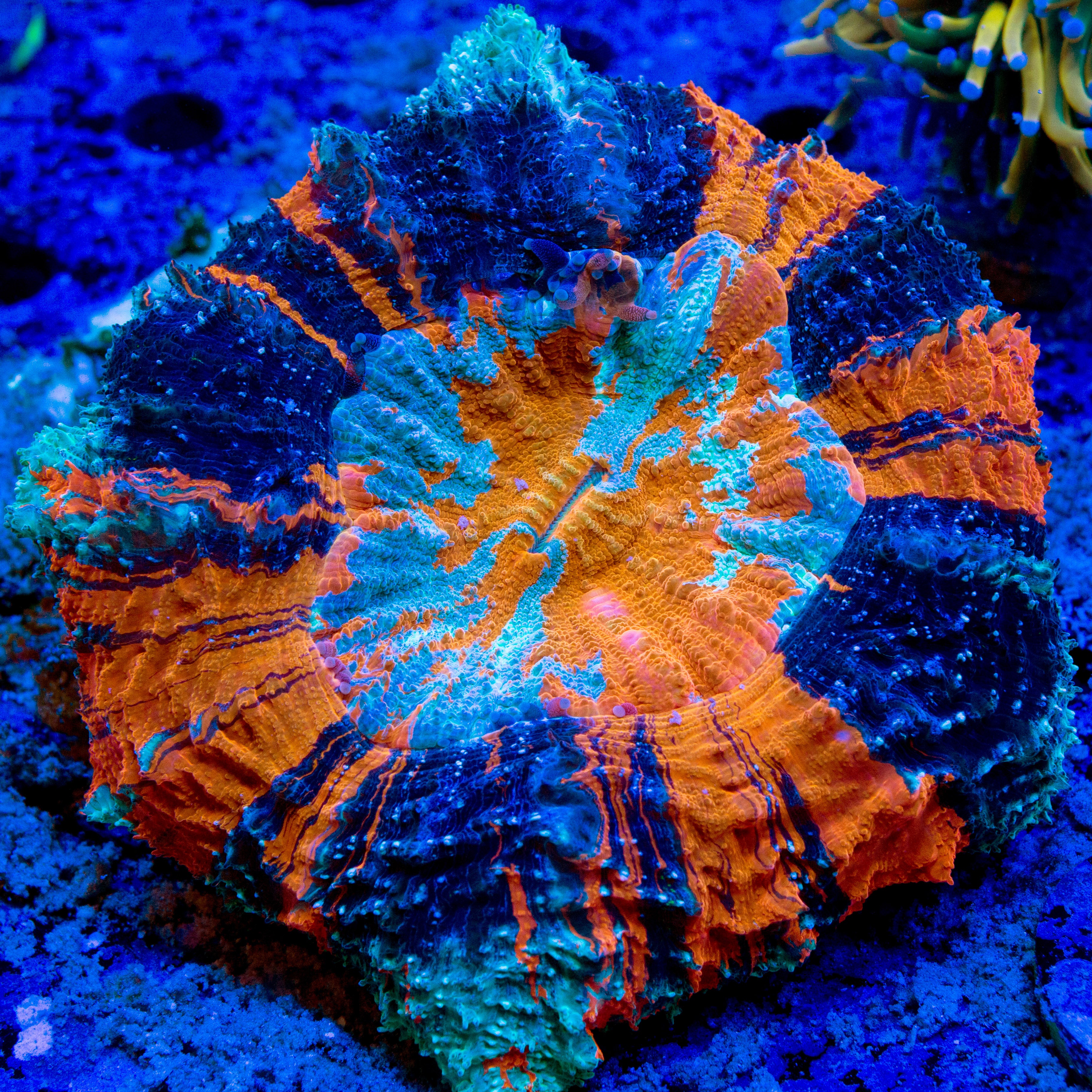
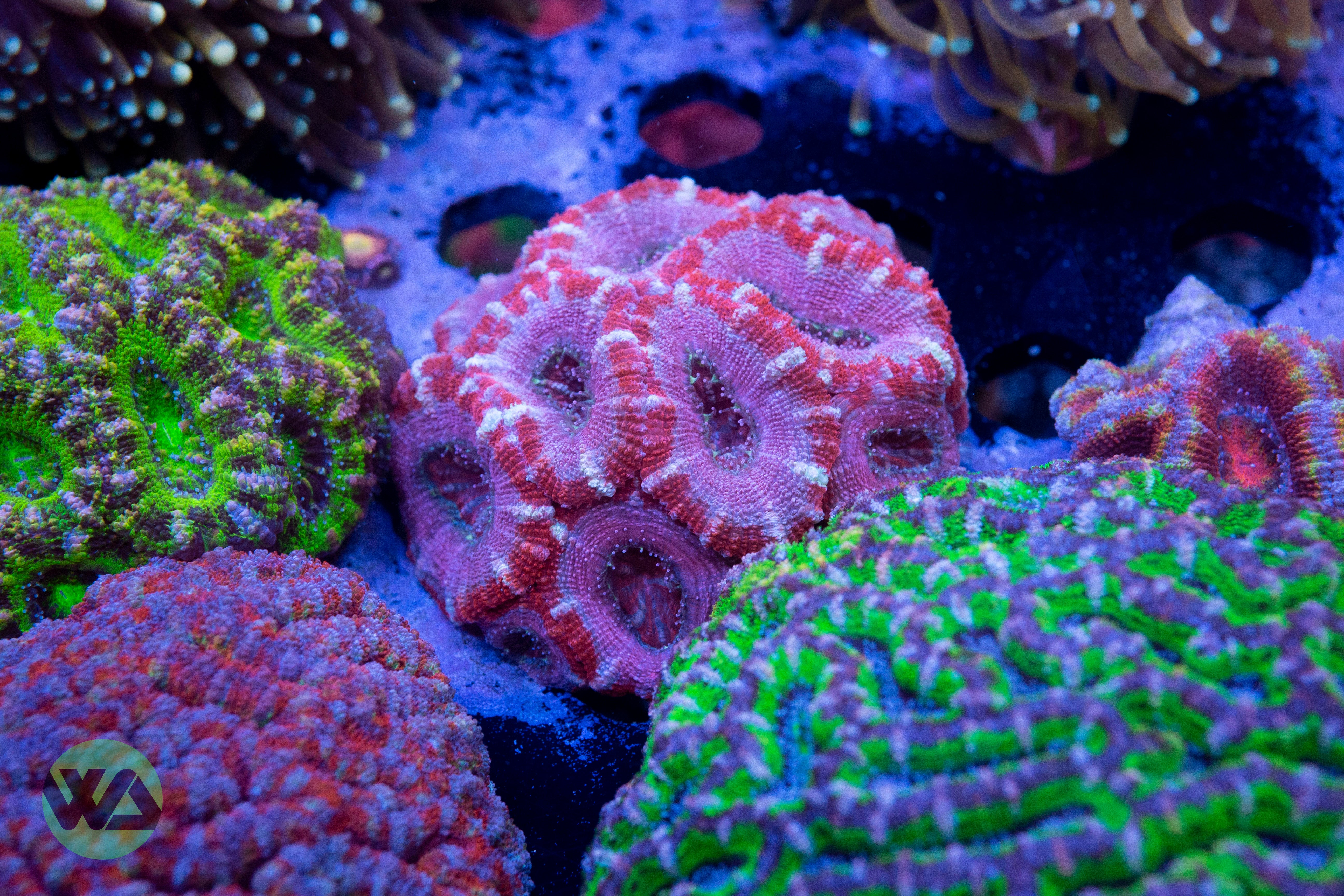
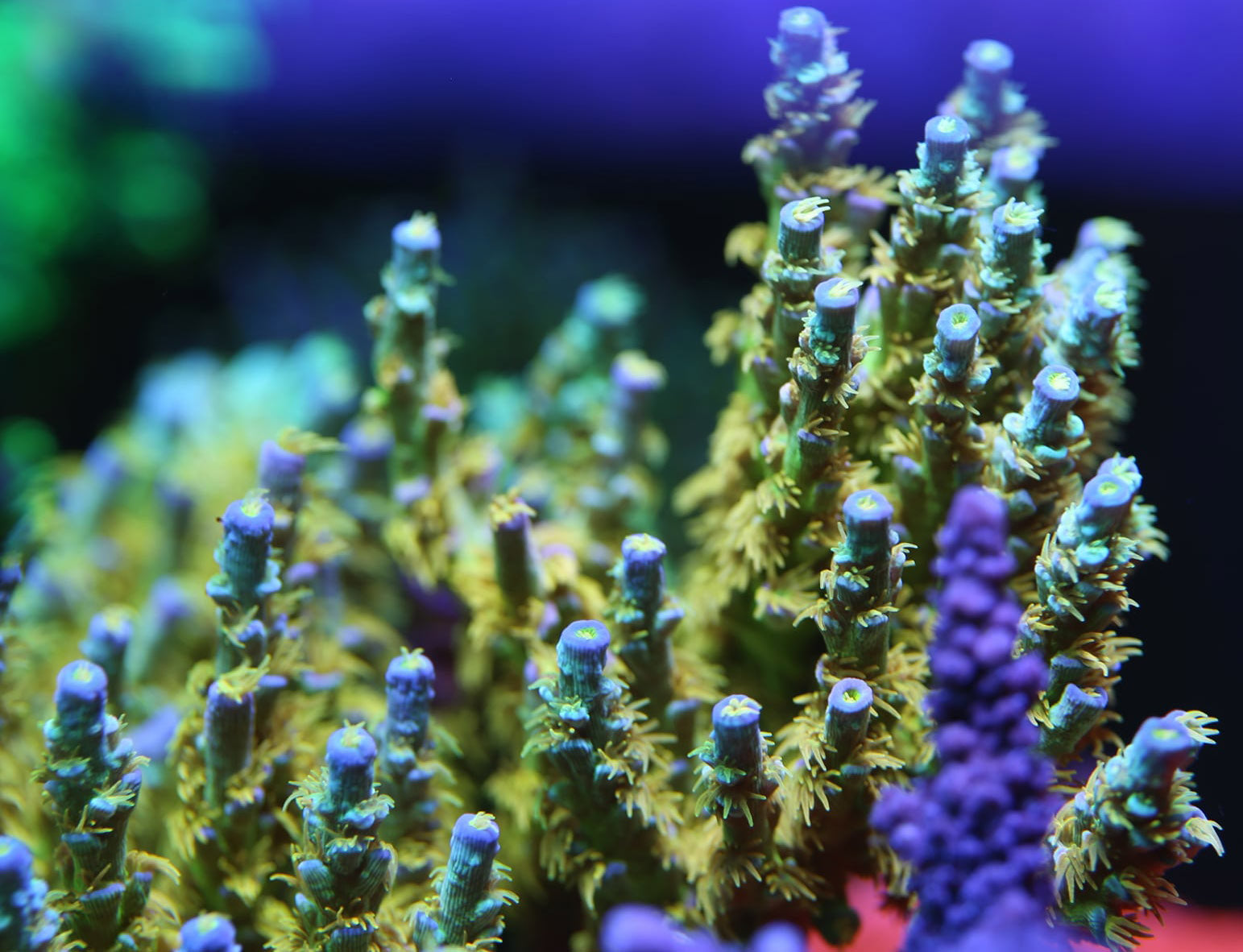
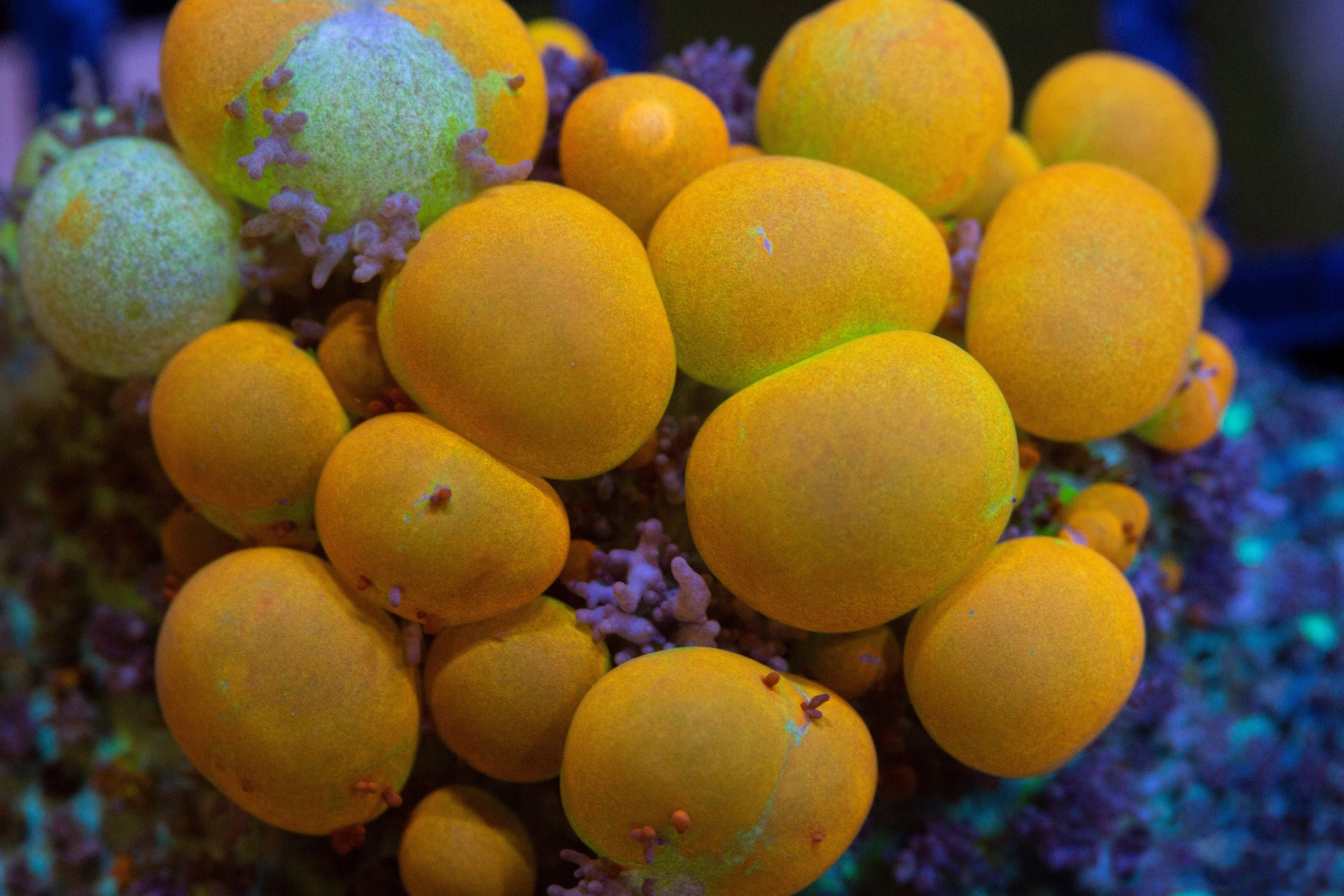
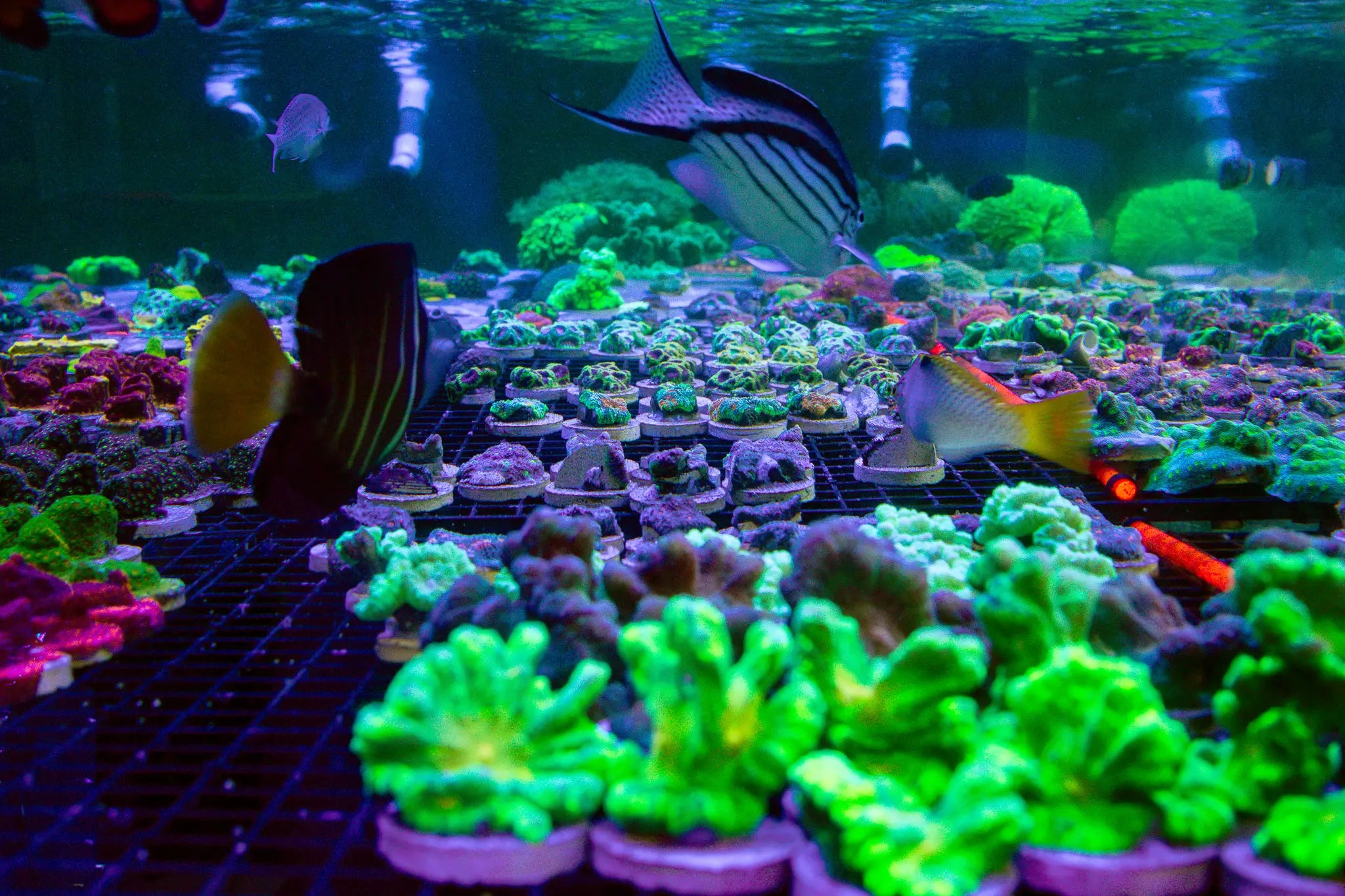
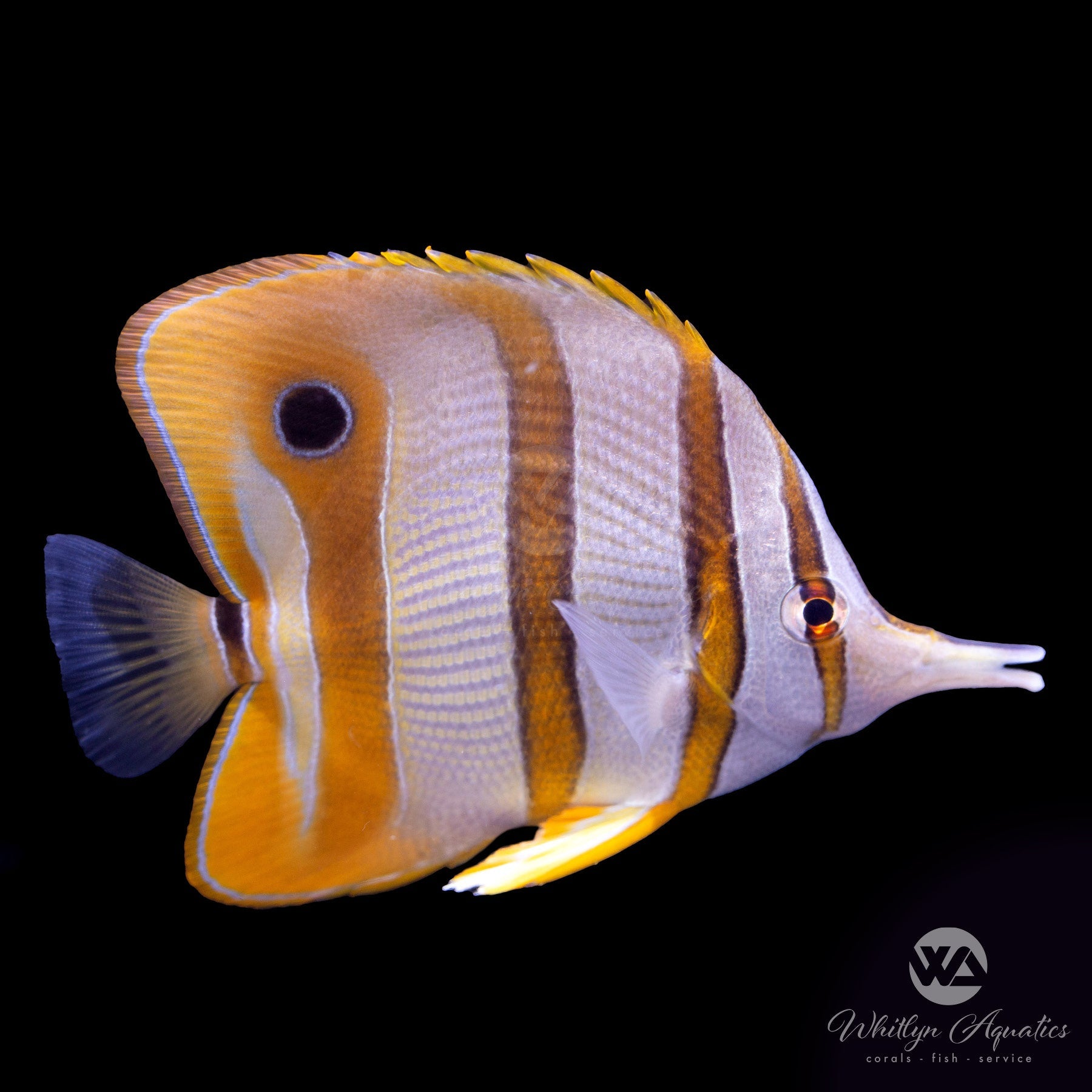
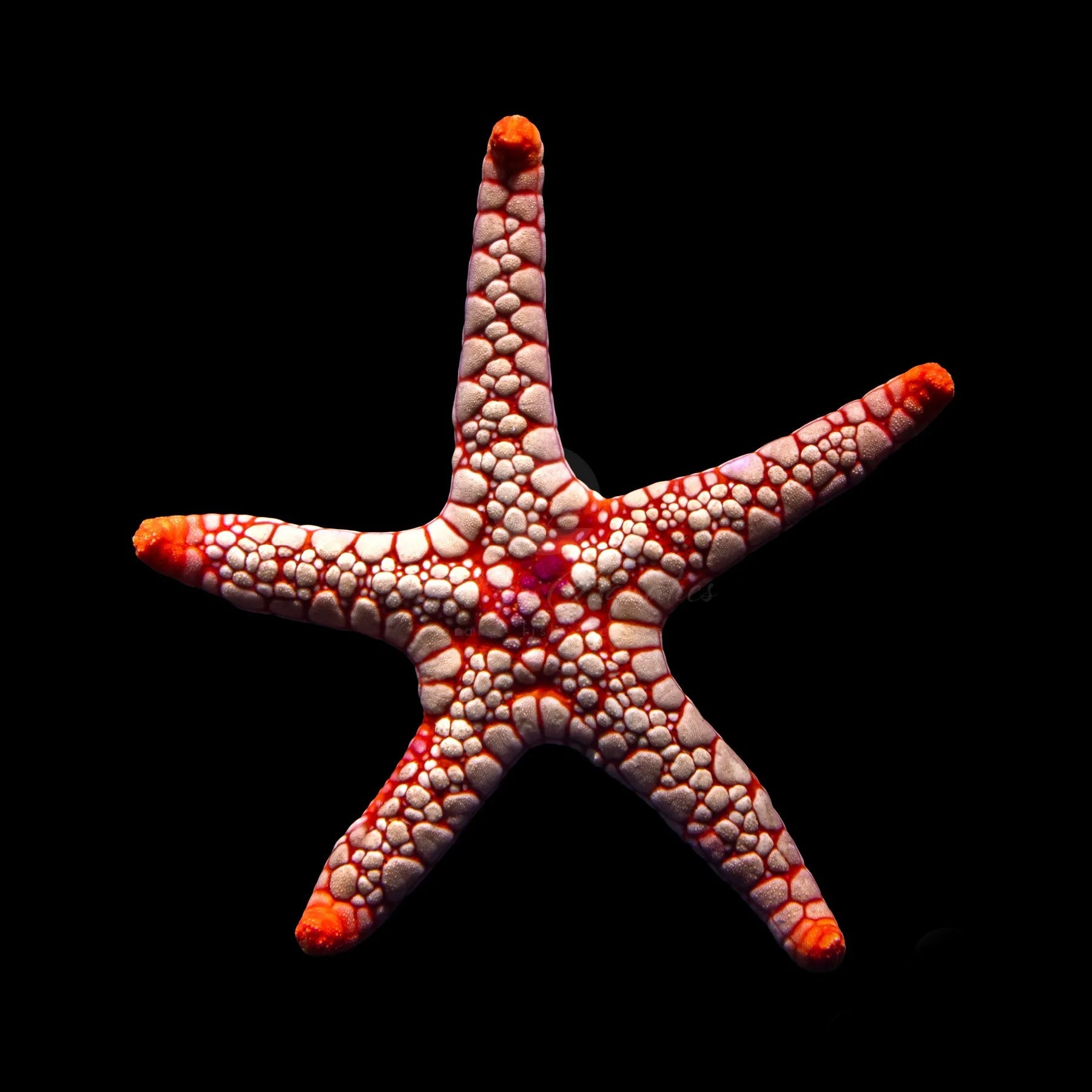
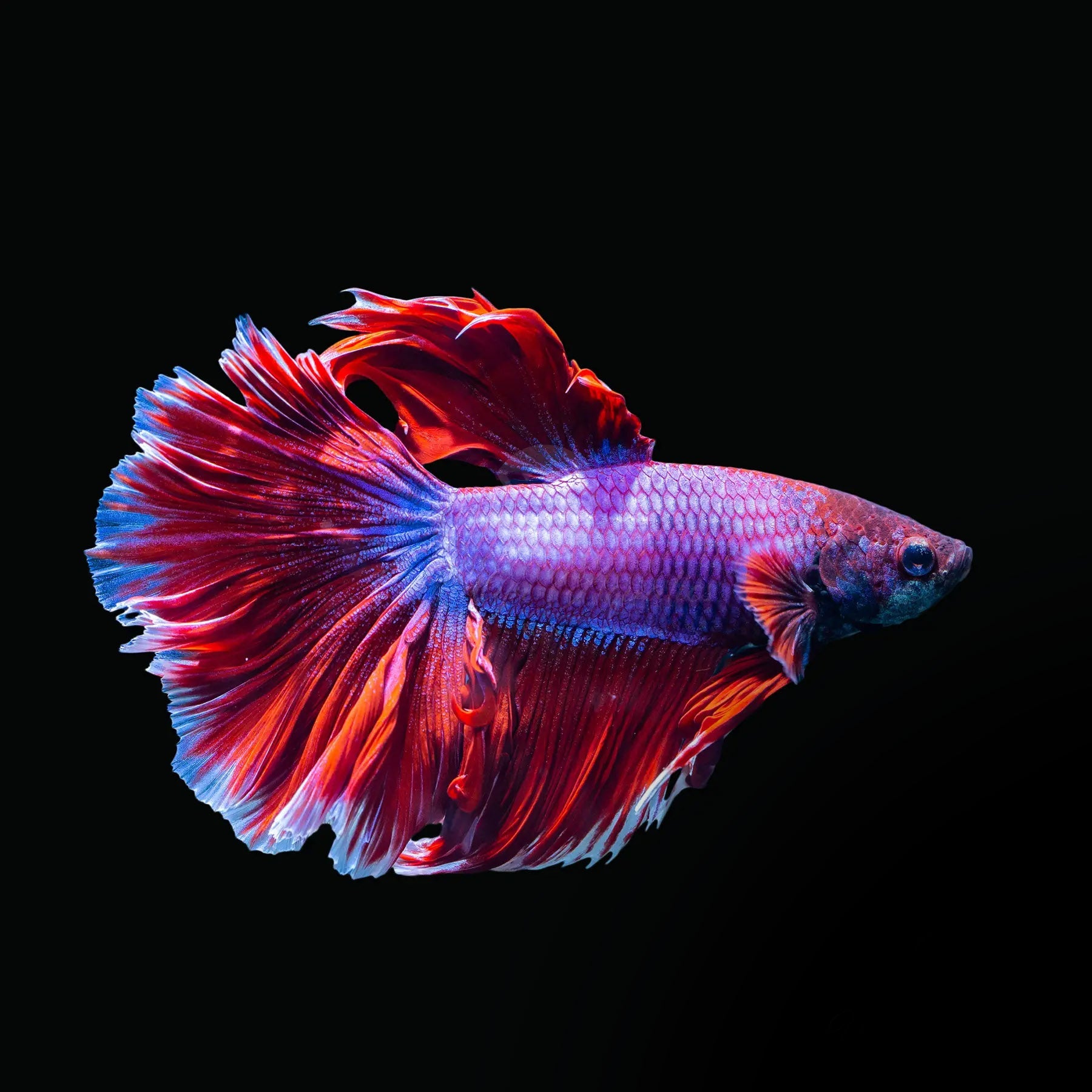
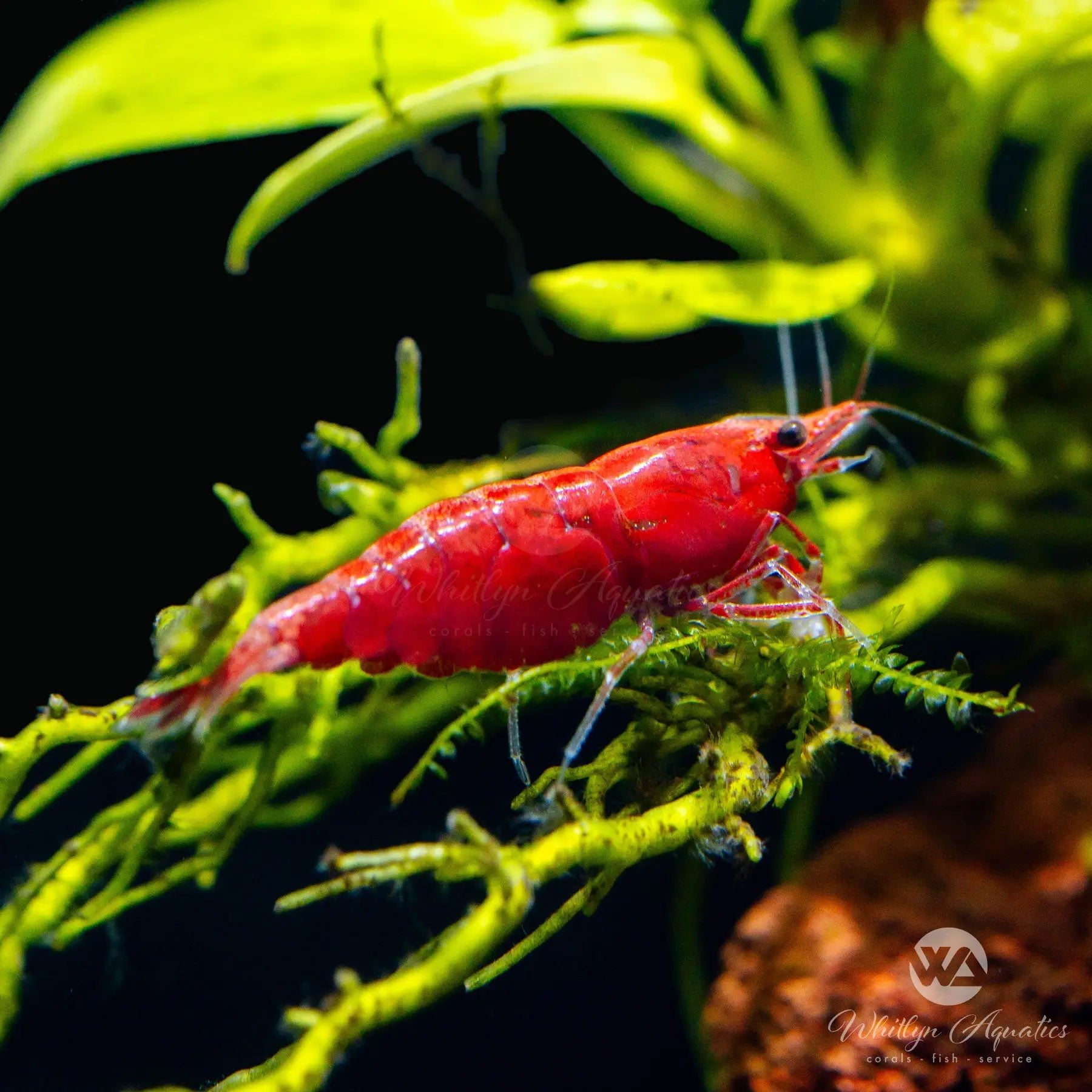
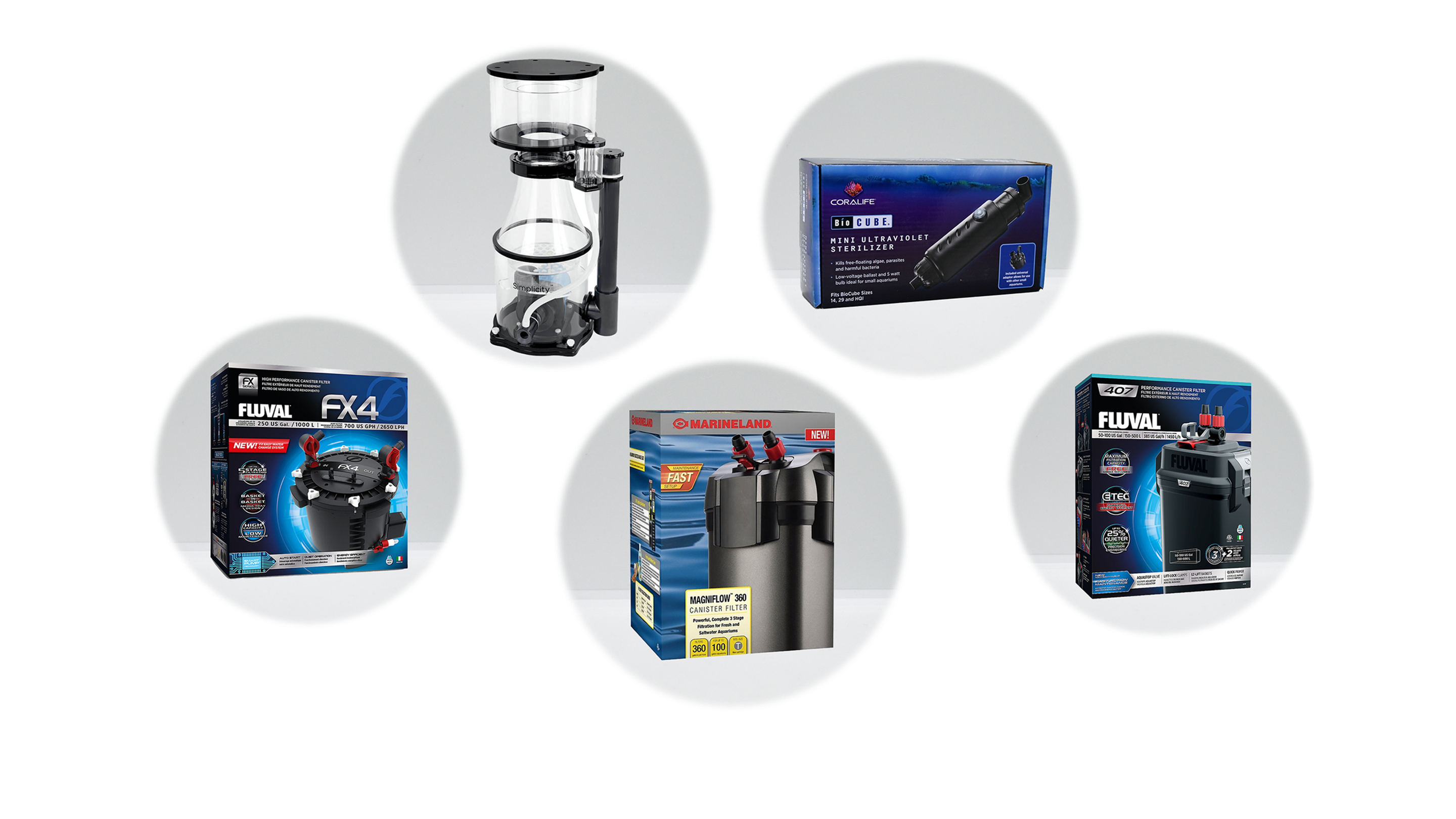
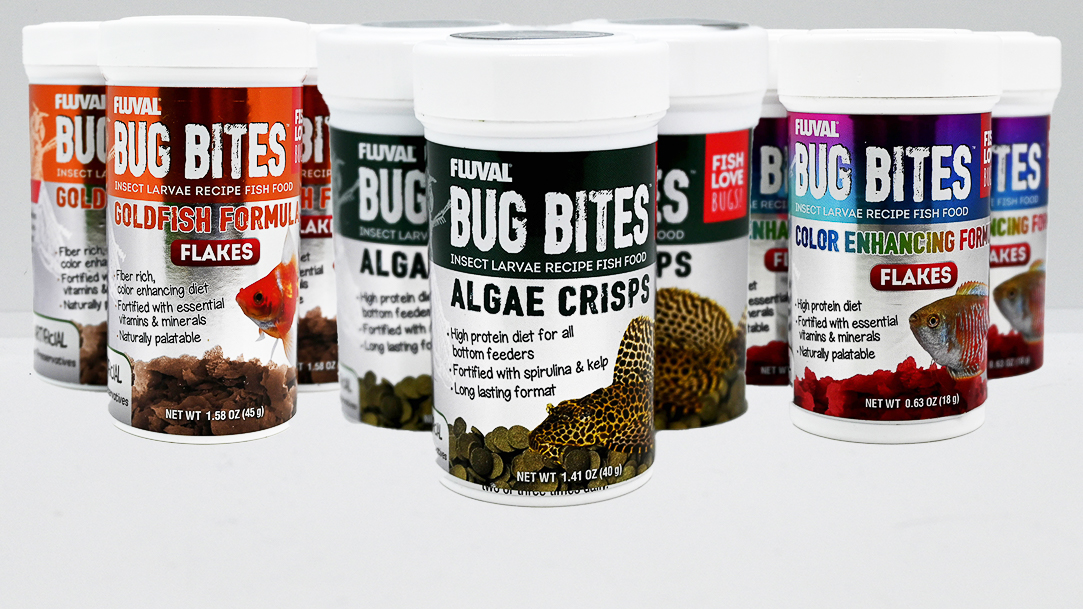
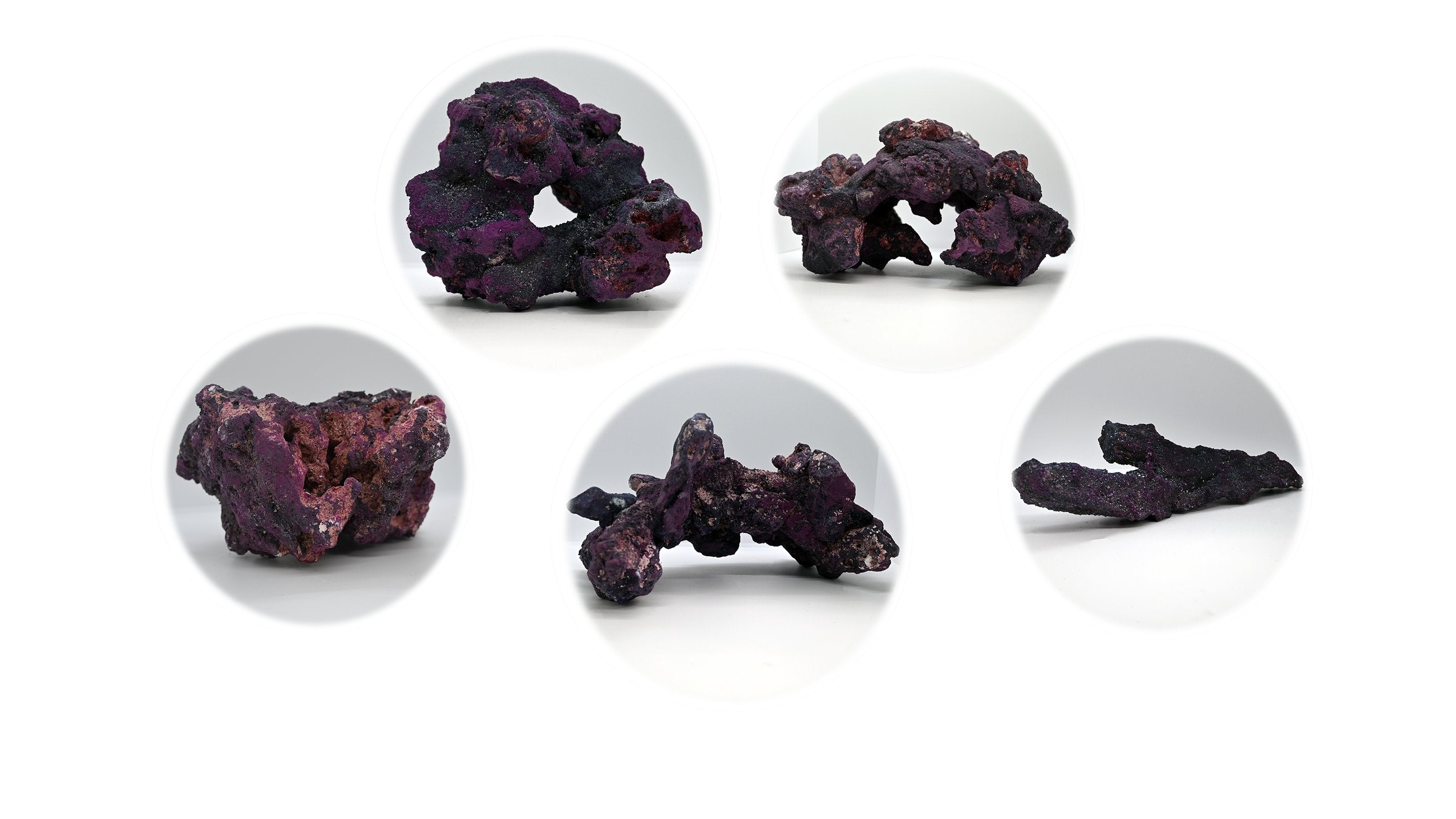
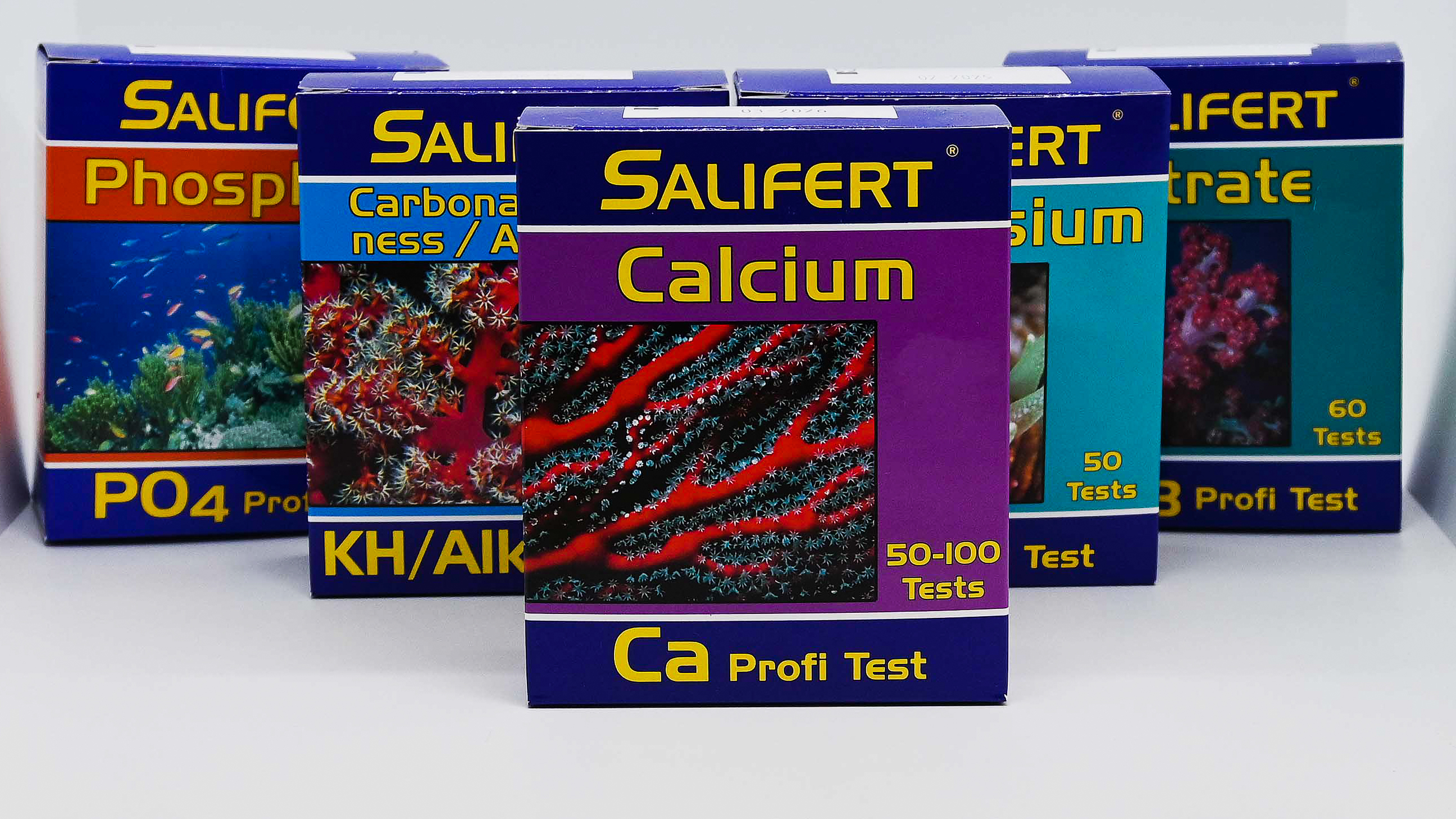
Leave a comment